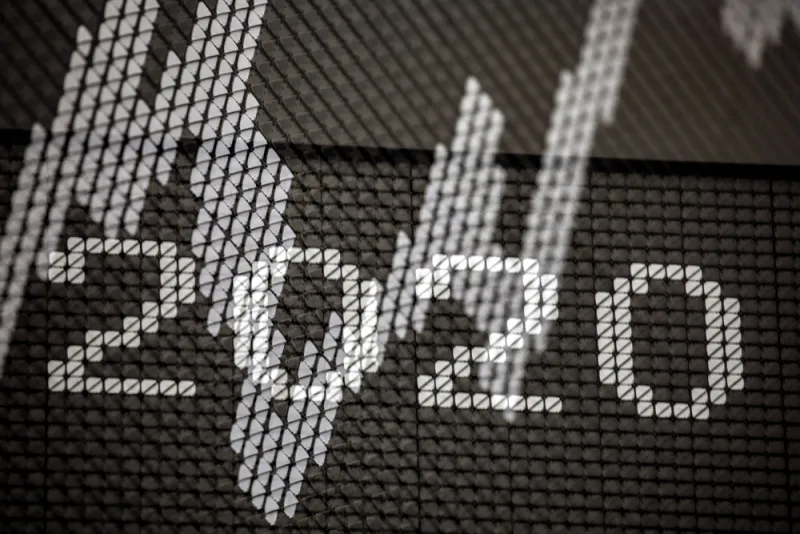While many big investors are holding on to cash for dear life right now, it could be a good time to commit to private equity or middle-market lending funds that will be raised later this year or early next year.
That’s because money invested after financial crises is plowed into deals that use far less leverage than those completed at the peak, setting investors up for better future performance, market participants say.
The amount of leverage, or borrowed money, used in middle-market direct-lending deals peaked in 2007, before the global financial crisis was unleashed a year later. According to middle-market credit manager PennantPark, the average debt-to-earnings multiple was 5.6 for middle-market deals in 2007. A year later, the average multiple fell to 4.5.
For one thing, companies with less debt to manage have a better chance of generating profits for their owners. Businesses saddled with large amounts of debt are also far more likely to go bankrupt in difficult economic circumstances. Large corporate buy-outs completed in 2007 had an average debt multiple of 6.2 in 2007, compared with 4.9 just a year later, according to PennantPark.
[II Deep Dive: The Day of Reckoning for Private Equity]
While there aren’t a lot of deals getting done right now, Art Penn, founder and managing partner of PennnantPark, expects a gradual reopening of middle-market finance over the next six months, where deals will be done at average debt multiples somewhere between 3 and 4.5, levels last seen in 2009 and 2010. He also said that the terms of deals will provide better protection to lenders and investors, after years of favoring borrowers.
“There will be covenants again in the large-cap space and tighter covenants in the middle market, while leverage will be lower,” he said. “The pendulum will swing back to lenders.”
Investors may want to know why they should invest in 2020 and 2021-vintage funds now.
“The answer is that this is a vintage business. If you look back to 2009, you should have done almost any deal,” said Penn. “By 2018 and ‘19, deals had to meet a much higher bar.”
During the most recent cycle, debt used in deal-making was at its lowest level in 2009. That year, middle-market deals were done at an average debt multiple of 3.3. Then, credit shops started using more borrowed money as the cycle began to age. In 2010, large corporate LBOs were done at an average debt multiple of 4.7, while middle-market deals were completed with an average debt multiple of 4.2. By 2019, large corporates had reached an average debt multiple of 6, and middle market deals were done with an average debt multiple of 5.5.
“The 2019 vintage was similar to the 2007 vintage from a leverage perspective,” according to PennantPark.
That said, while funds raised in down years have a generally better chance of producing top returns, fundraising has historically fallen at these times. PitchBook reported that private equity capital raised fell by 75 percent between 2007 and 2010.
While U.S. private equity firms, including private credit, have $740 billion in dry powder that could be invested, deal flow is slowing down because it’s more difficult to borrow money, according to a PitchBook report published Friday. All that cash will be put to use in other ways.
“GPs [general partners] will be forced to provide cash injections into distressed portfolio companies, PIPE [private investment in public equity] deals should tick up and LBO capital structures will require larger equity backstops,” according to PitchBook.
Existing portfolio companies may also struggle and require cash.
“Portfolio companies purchased between 2017 and Q1 2020 had median debt levels of 6x EBITDA [earnings before interest, taxes, depreciation, and amortization],” according to PitchBook. “As cash flows diminish in the face of the pandemic, debt loads have the potential to become unmanageable.”
With the number of companies owned by private equity funds doubling since 2007, “the sheer number of companies that could be in danger of bankruptcy is significant,” according to Pitchbook.
In addition, more than two-thirds of private equity-owned companies are in hard-hit sectors of the economy, such as retail, travel, and entertainment, according to the report.







